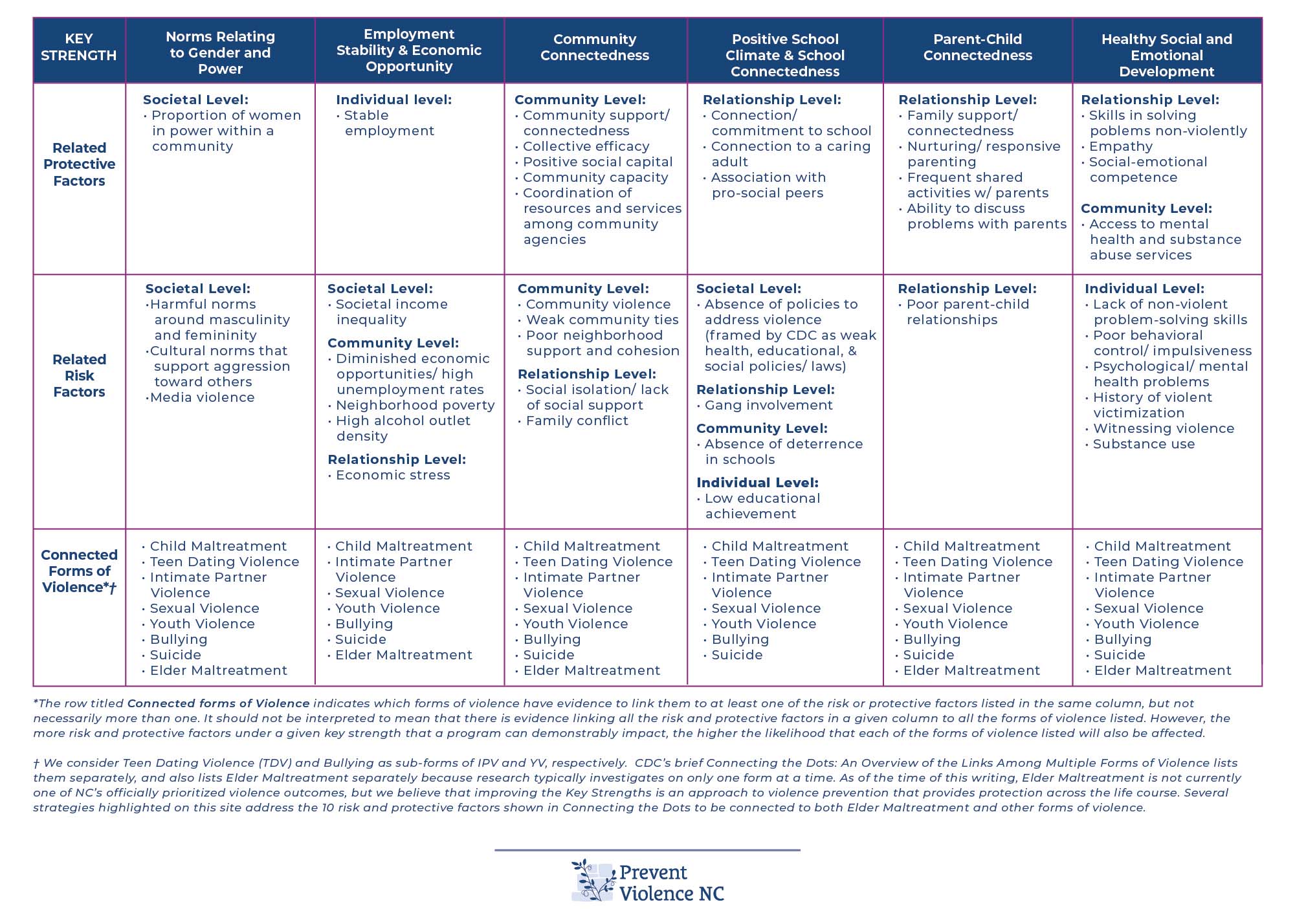Descriptive Norms
There are different types of social norms, and the two that matter most for violence prevention efforts are:
- injunctive (what we should do), and
- descriptive (what we actually do)
Turning theory into action: Real world tools for implementing IPV prevention programs in your community.
There are different types of social norms, and the two that matter most for violence prevention efforts are:

Margenderalized is an inclusive term referring to all people who are not cisgender men. Coined by organist, scholar, and theologian A. C. Weaver, margenderalized is a broad term, and explicitly includes trans men and women, non-binary and agender people, two-spirit and gender fluid people, and cisgender women.
Cisgender is a term describing when someone feels comfortable and identifies with the gender role assigned to them at birth.
Social Ecology is a term used in public health to describe social influences that occur among different sized groups of people.
Each societal group is called a different “level” in the social ecology. Going from largest to smallest, they are:
![]() Societal Level
Societal Level
![]() Community Level
Community Level
![]() Interpersonal Level
Interpersonal Level
![]() Individual Level
Individual Level
Some scholars add a broader level, the cultural level, and describe it as a layer that encompasses the institutions and structures of the societal level.
Copyright @2021 NCCADV All Rights Reserved | 3710 University Drive, Suite 140 | Durham, NC 27707 | 919-956-9124 (Toll Free: 1-888-997-9124)